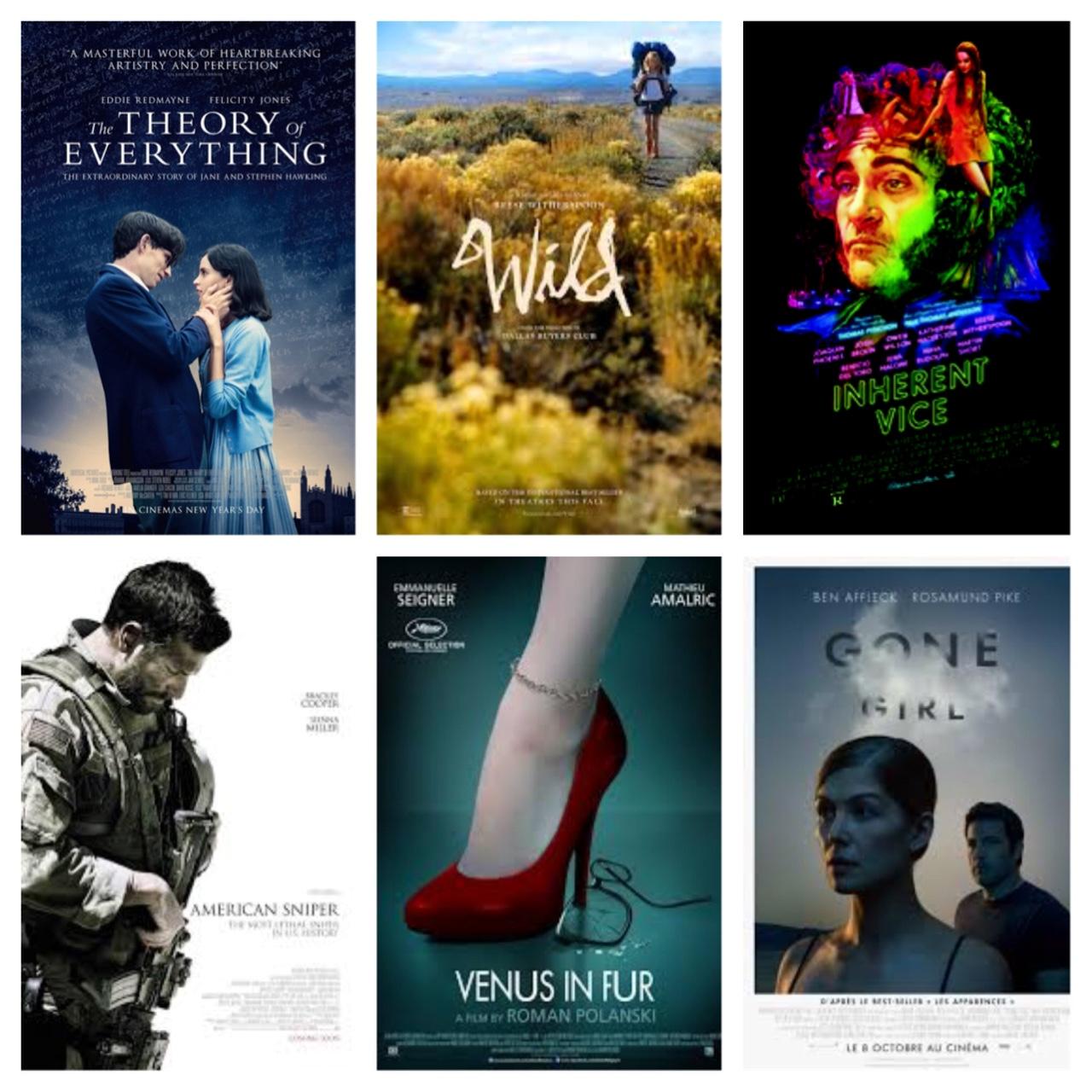In the ever-evolving landscape of cinematic adaptations, the question of fidelity to source material remains a contentious issue. As filmmakers grapple with the challenge of translating beloved books to the silver screen, audiences and critics alike are divided: should movies remain loyal to the original text, or is creative liberty a necessary component of the adaptation process? This debate is not merely academic; it touches on the essence of storytelling itself. By examining the advantages and pitfalls of both approaches, we can gain a deeper understanding of what it means to honor a narrative while engaging a diverse audience. In this article, we delve into the complexities of adaptation, exploring whether staying true to the source material enhances or hinders the cinematic experience.
Examining Fidelity: The Impact of Staying True to the Source Material
Staying true to the source material in film adaptations can significantly affect both audience reception and critical acclaim. Fidelity to the original text can preserve the author’s intent and maintain the integrity of beloved narratives, often resulting in a loyal fanbase. However, filmmakers face the challenge of translating the internal monologues and complex subplots of a novel into a visual medium. This necessitates careful selection and sometimes omission of certain elements, which can lead to a debate about what constitutes essential content.
Benefits of fidelity include:
- Preservation of themes: Ensuring that the core messages and themes of the book remain intact.
- Character consistency: Keeping character arcs and developments true to the author’s vision.
- Audience satisfaction: Meeting the expectations of fans who cherish the original work.
Yet, it’s crucial to recognize that slavish adherence can also stifle creativity. The art of adaptation lies in balancing respect for the source with the unique storytelling opportunities that film provides.

Creative Adaptation: Balancing Originality and Authenticity
When filmmakers adapt novels into movies, they walk a tightrope between staying true to the source material and infusing their own creative vision. Striking a balance between originality and authenticity is crucial, as both elements play significant roles in the adaptation process. On one hand, authenticity demands a faithful representation of the book’s themes, characters, and plotlines. This approach honors the author’s original intent and caters to the expectations of dedicated fans. On the other hand, originality allows filmmakers to reinterpret the story, bringing fresh perspectives and innovative storytelling techniques that can enhance the narrative and broaden its appeal.
Considerations for adaptation often include:
- Audience expectations: How much creative liberty will loyal fans tolerate?
- Medium differences: Books and films inherently convey stories differently. What changes are necessary for cinematic storytelling?
- Director’s vision: How does the filmmaker’s unique style and perspective contribute to the narrative?
Ultimately, successful adaptations find a harmonious blend, where the essence of the original material is preserved, yet the film stands as a distinct piece of art. This balance not only respects the literary roots but also leverages the strengths of cinema to create an engaging experience for both new audiences and die-hard fans.
 Audience Expectations: Navigating Fan Loyalty and Broader Appeal”>
Audience Expectations: Navigating Fan Loyalty and Broader Appeal”>
Audience Expectations: Navigating Fan Loyalty and Broader Appeal
Balancing the expectations of devoted fans and attracting a wider audience presents a unique challenge for filmmakers adapting beloved books. Die-hard fans often demand fidelity to the source material, cherishing every detail and nuance. They seek authenticity, longing for the characters and plots they’ve imagined to leap faithfully from page to screen. However, strictly adhering to the original can sometimes alienate potential viewers unfamiliar with the book.
- Fidelity vs. Creativity: Striking the right balance between staying true to the book and exercising creative freedom can determine a film’s success.
- Character Depth: Fans expect complex character portrayals, while newcomers might prioritize pacing and visual spectacle.
- Story Adaptation: Some narratives require alterations to fit the cinematic format, which might not sit well with purists but could engage a broader audience.
Ultimately, the goal is to create a film that respects the original work while being accessible and engaging to those new to the story. The art of adaptation lies in this delicate balance, ensuring both fan loyalty and wider appeal are achieved.

Strategic Choices: Recommendations for Successful Film Adaptations
- Identify Core Themes: When adapting a book into a film, it’s crucial to pinpoint the core themes that resonate with the audience. These themes often serve as the backbone of the narrative, providing emotional depth and continuity. By focusing on these elements, filmmakers can ensure that the essence of the original story is preserved, even if certain plot points are modified or omitted.
- Embrace Visual Storytelling: Books rely heavily on internal monologues and detailed descriptions, whereas films are a visual medium. To bridge this gap, adaptations should creatively utilize cinematography, sound, and editing to convey what might otherwise be lost in translation. This approach allows filmmakers to remain true to the spirit of the book while taking advantage of the unique capabilities of film.
- Balance Fidelity and Innovation: While maintaining fidelity to the source material can satisfy devoted fans, innovation is often necessary to engage a broader audience. Strategic deviations from the book can introduce fresh perspectives and enhance the narrative, making the film more dynamic and accessible. It’s a delicate balance, but one that can lead to a more compelling cinematic experience.

